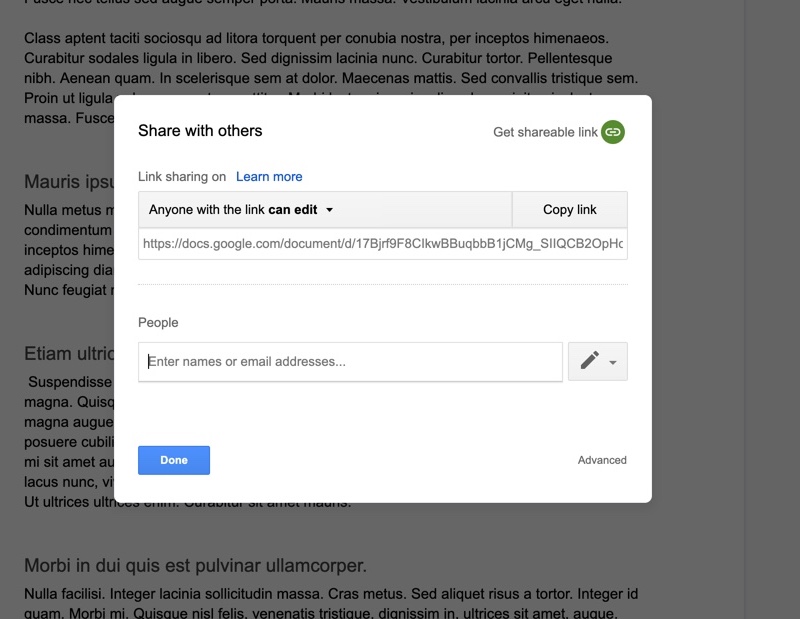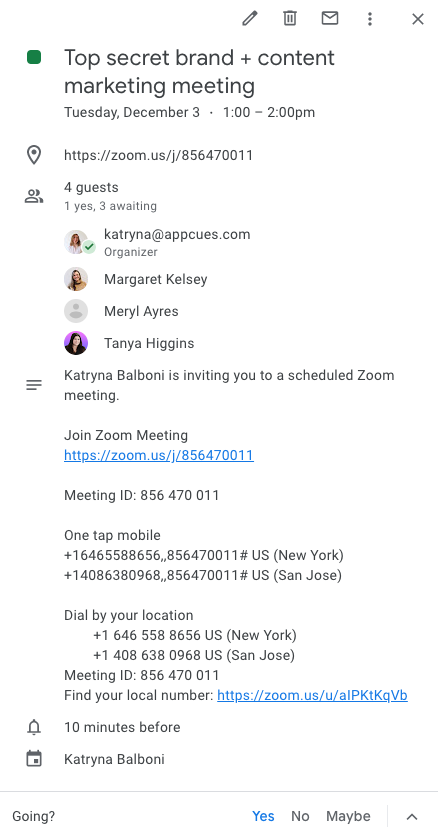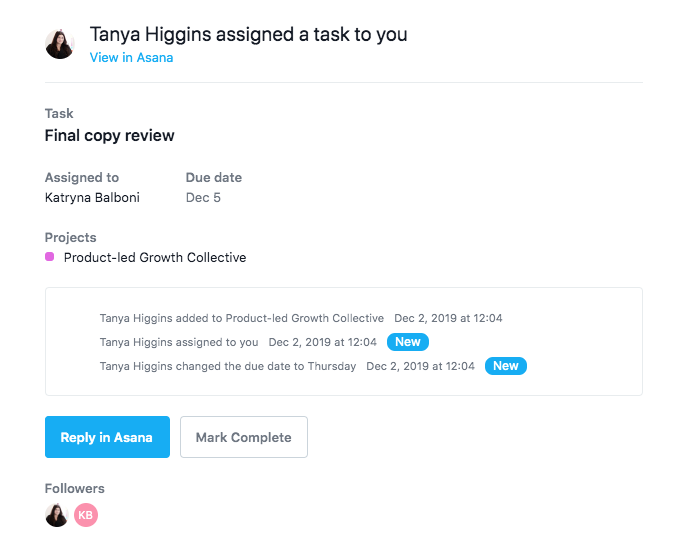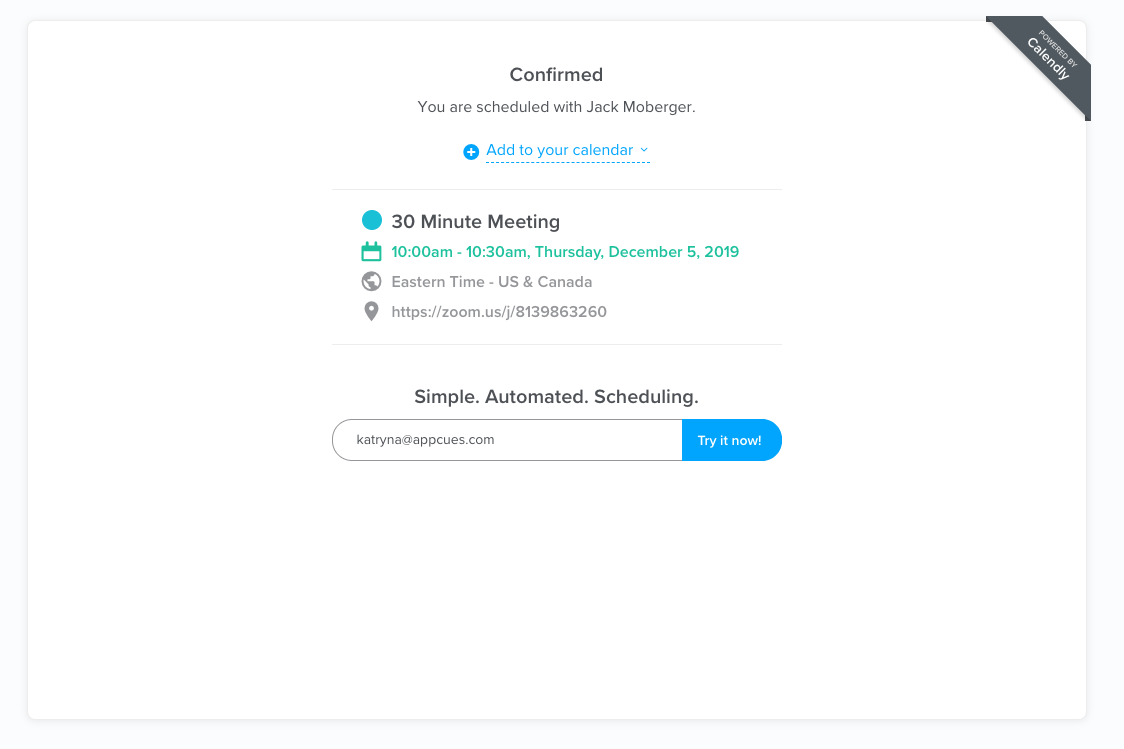How to build a viral SaaS product

.png)

.png)
Every SaaS founder wants their product to take the world by storm. Who wouldn’t?
The challenge is that few people understand how to orchestrate that kind of rapid adoption. The phrase “going viral” has become shorthand for a variety of scenarios that result in fantastic growth spikes. Unfortunately for companies that want to jump on the viral train, there’s a lot of confusion around the exact mechanics of the process.
When people talk about product virality, they are actually talking about 2 distinct growth strategies: viral and network. To make matters more complicated, there are multiple types of viral and network effects, and many products use a blended approach that blurs the line between the 2 strategies.
It can be a lot to sort out, but that’s exactly what you need to do if you want to put these powerful growth strategies into play.
The number one mistake startup SaaS companies make in this area is to rely on “outbreak” virality, which is the force behind cultural phenomena like Pokémon Go and certain YouTube videos. It would be nice if this was a viable growth strategy, but you can’t engineer this kind of wildfire. Outbreak virality has more to do with luck and the zeitgeist than with planning or execution.
There are, however, more predictable and controllable ways to create viral and network effects that will help drive people to your product, which we’ll talk about in this article. But first:
Viral and network. Network effects and virality. People use the terms interchangeably, but they are not exactly the same thing.
Viral = product-led growth that’s accelerated by word-of-mouth and invites
In the SaaS world, “going viral” depends on your ability to create a “viral loop” that will spread your product far and wide. In a viral loop, the prospect’s first interaction with a product is through the product itself. This is why we say that virality is a product-led growth strategy. The goal is to give potential users direct access to your product so they can experience its benefits for themselves.
A viral loop is initiated when an existing user shares a product with a potential user. This is the “infectious” part of the process: one user exposes another non-user (or multiple non-users).
This exposure might take the form of a straightforward invite. That is how social and business networks like Facebook and LinkedIn originally expanded their reach. Alternatively, the exposure might be more subtle—an existing user might share an artifact created by the product, which gives the non-user the chance to experience the product first hand.
Let’s look at a couple examples:
While Google Docs are very serviceable as a replacement for traditional word processing software, their true value lies in their collaboration features. The collaborative aspect of Google Docs is a hallmark of most of the products that spread via a viral loop.
When an existing user shares a document with a non-user, that non-user instantly gains first-hand experience of the Google Docs product. And through that hands-on, product-led experience, they understand the value that Google Docs delivers.
Having experienced that value, they then decide to set up their own Google Docs profile, and begin using the product themselves. The viral loop repeats when the newly minted user shares a Google Doc with another non-user. And then she tells 2 friends, and they tell 2 friends, and so on and so forth.

Similarly, Zoom—beloved by many as their conference/video call platform of choice—takes advantage of the viral loop created when existing users send meeting invites to non-users. The non-users are exposed to the product experience when they RSVP to and attend the meeting.
In addition to the “soft sell” of the meeting invite and participation approach, many brands that fit this viral model also use in-app messaging and emails to proactively encourage prospective users to sign up for their own account.

Network = team-led growth that is primarily contained within an organization and usually driven by the pursuit of productivity and efficiency
Some of the mechanics—sharing and invites—used by viral products are also used by products that leverage the network effect to drive growth. However, there are 2 key differences. The network effect is best suited to products that are:
The network effect is so powerful in part because the value of the product is tied to the scope and scale of the user base within an organization—the more people using the product, the greater the value each user derives from it. And the more deeply engrained that product becomes in a company, which results in higher retention among companies that adopt the tool.
Slack is one of the most commonly cited examples of a product that grows through the network effect, but let’s look at a couple other examples that also demonstrate how this growth strategy works.
Quip is a powerful collaboration platform that puts all of a team’s documents, spreadsheets, chat, and slides into one place. It also integrates with Salesforce.

Asana is a work management platform that gives teams the tools they need to get organized, stay on track, and hit deadlines. With multiple ways to visualize work and a full suite of project management and reporting features, Asana is built for teams.

Both of these products are perfectly suited to take advantage of a network growth strategy because they are designed around collaboration and intended to be used not by a single user, but by teams of users—even entire organizations.
In some cases, a company will adopt these tools from the top down. Managers will decide to implement a particular software solution and roll it out to the entire organization all at once. In other cases, adoption happens from the bottom up. Individual teams start using a tool, and then expose other colleagues to it through cross-functional projects, eventually getting the entire company on board.
Whether deployed from the top down or from the bottom up, these products deliver more value—greater productivity, efficiency, and centralized access to content and tools—as more people sign on to the platform. And as value increases—to individuals and to the organization—the incentive to continue and expand their use also increases. It’s a win-win.
So, how exactly do you put viral and network effects to work for your product? There are plenty of different tactics you can employ. Let’s explore a few:
People love to be in the know. They love to be the first to share new discoveries. When you make a product that does what it promises (and then some), people are thrilled to spread the word among their friends and colleagues.
You can let this happen organically, or you can give the conversation a little boost by offering incentives. Some companies offer an incentive to just the referring party, but you can take things to the next level by offering incentives to both the existing user and the new user. These sign-up bonuses might take the form of access to extra features, a free month of service, extended value (e.g., additional storage), a gift certificate, or cold hard cash.
On a related note, you can grease the word-of-mouth wheel by making sure it’s almost effortless to share your product. Place “invite friends” and other call-to-action links prominently. Include social sharing tools where appropriate.
In addition to encouraging person-to-person sharing, you can also look for ways to take advantage of “demonstration vitality.” This show-don’t-tell strategy takes a slightly more subtle approach by exposing potential users to your product through shared content or a shared experience.
Someone sharing their Instagram feed might inspire the person viewing it to create their own account. Or, as noted above, someone accepting a Zoom meeting invite will see the value of Zoom without anyone having to spell it out.
Similarly, in the spirit of reducing friction wherever and whenever you can, invest in the design and implementation of built-in collaboration tools. The more ways users can collaborate with your product, the more they will come to rely on it as an integral part of their workflows. And the more they rely on it, the more value they will experience. It’s a very positive cycle.
Finally, while it’s nice to have existing users invite friends and colleagues to come on board, there’s no reason you can’t also extend the invitation directly. Once someone has interacted with your product, you have an opportunity to reach out and attempt to convert them yourself.
Some companies incorporate invitations directly into the product experience. Many meeting software products, for example, invite non-user meeting participants to sign up for their own account as part of the sign-off process. Others follow up via email with reminders and offers.
Obviously, You don’t have to choose just one of these tactics. Taking a mix-and-match approach can increase exposure to your product and improve conversion.
Though viral and network effects are technically 2 different things, there is clearly a lot of overlap between them. But it’s worth taking the time to understand the differences. Familiarizing yourself with the sometimes subtle distinctions gives you a strategic advantage when you’re trying to figure out the best growth model for your product.
In the end, you may ultimately combine elements from both the viral and network camps. Take Calendly, for example. Their growth model includes viral elements, word-of-mouth promotion, and a network component:
It’s the best of both worlds, rolled into one.

The ball is entirely in your court when it comes to how you bake viral mechanisms into your product. But Appcues can give you a boost with tools that allow you to highlight collaborative features, encourage users to take actions that drive virality and network effects, and run in-app referral campaigns around specific messages and incentives.
Learn more about how you can put the Appcues Product-Led Growth Platform to work for your brand.